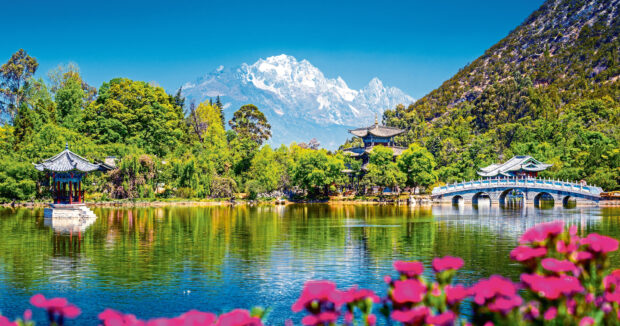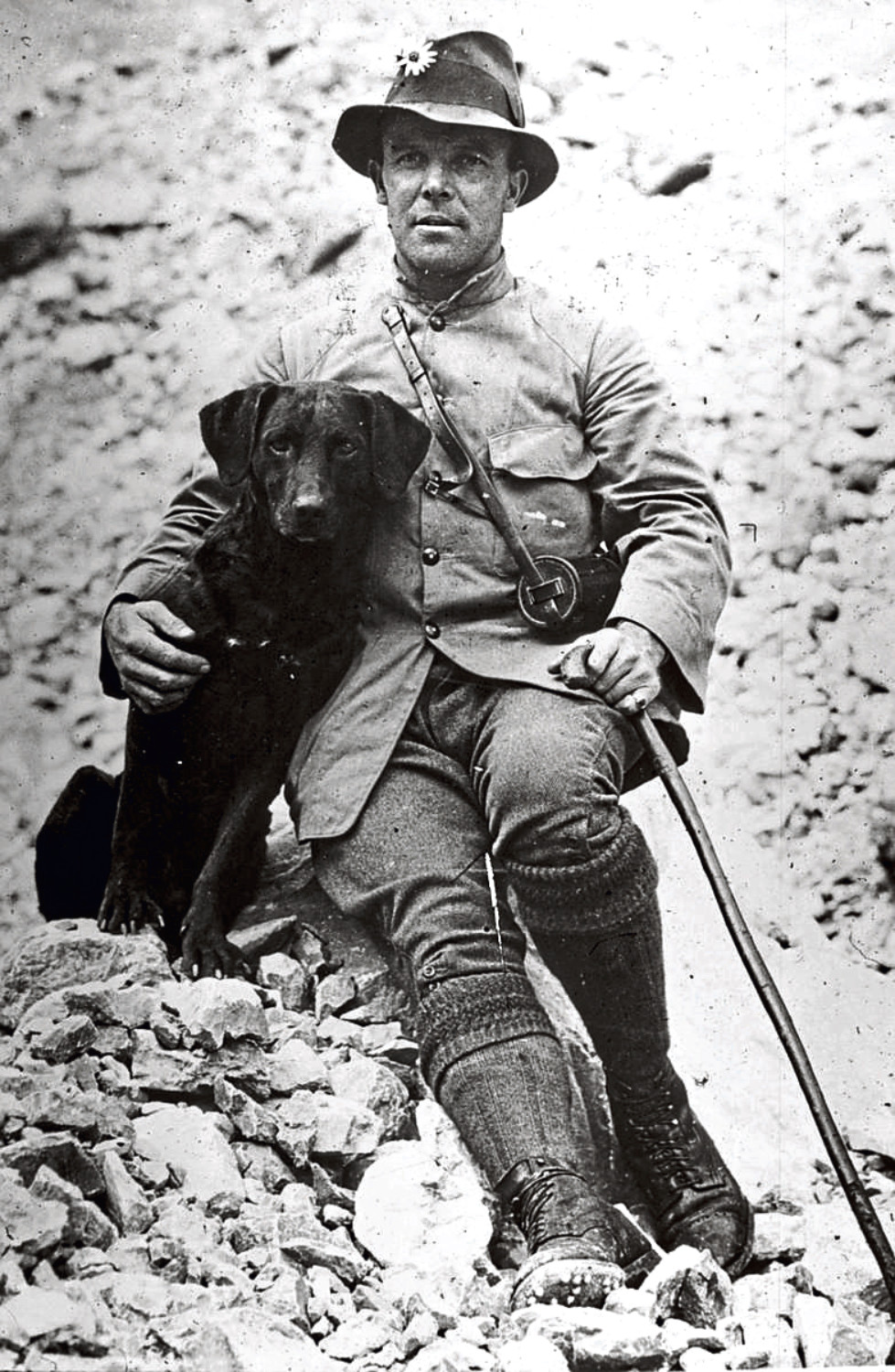
Their big, bold blooms deliver beautiful bursts of colour in gardens and woods around Scotland but rhododendrons’ expansionist nature means they are also treated with a little wariness.
An exhibition at the Royal Botanic Garden Edinburgh (RBGE) unearths fascinating insight into the story of the species’ arrival in Scotland as contemporary artists pay tribute to the spectacular blooms.
Rhododendrons: Riddle, Obsession, Threat, highlights the work of George Forrest, a pioneering plant explorer from Falkirk who brought many of the varieties we see around Scotland from China in the early 20th Century.
He made seven trips to the Yunnan province across 28 years, and was able to send back thousands of samples thanks to the indigenous team he assembled, led by Zhao Chengzhang – known to Forrest as Lao Chao – who was his chief collector.
“Forrest was remarkably good, even though he didn’t consider himself a botanist, but I’d say he became one,” explained Leonie Paterson, archivist at RBGE. “He was a grafter, working class, and he worked very closely with the indigenous people. He had a very strong relationship with them and he trained them well so they knew what they were doing and could collect lots without him being there.
“One of the things we wanted to do with the exhibition is emphasise that over the 28-year period, he had a strong relationship with the local people, especially Lao Chao,” explained Emma Nicolson, head of creative programmes at RBGE. “It’s about decolonising the collections and serving the other people involved. We don’t have all the names, but we do have Forrest’s incredible archive of photographs – he pictured all those he worked with – which haven’t been on display to this degree before, and we want to focus on people rather than just the plants.”
Forrest was fishing in Edinburgh’s Gladhouse Reservoir in 1903 when he discovered human bones likely to be more than 1,000 years old. He spent time excavating the bones with John Abercromby, the secretary of the Society of Antiquities of Scotland, who discovered that Forrest had already spent a decade in Australia. Abercromby contacted Isaac Bayley Balfour, director of the RBGE, to ask if he was looking for a plant collector to work abroad as he had found the right sort of man.
“There wasn’t a role at that time, as these were seen as speculative ventures at that point,” continued Paterson. “But he gave him a job in the herbarium, where Forrest learned a lot. It was a clever move on Balfour’s part, because it meant when an opportunity did come up for Forrest, he could also take advantage of it.”
That’s what happened when AK Bulley, of what would become Bees Seeds Ltd, contacted Balfour to ask if he knew of a man who could travel to China for him. Forrest was that man, and due to the association Balfour had built with him, Forrest would send his samples back to the experts at the Botanics.
While Forrest died suddenly during his final trip to Yunnan in 1932, his legacy can be seen all over the RBGE, with many of the samples now increasingly endangered in their natural habitat. “They’re threatened by climate change and the biodiversity crisis,” explained Nicolson. “They are often found in high mountain and tropical valley regions, which are under extreme threat from climate change and deforestation at the moment. These are impacting on its habitat and existence.”
Closer to home, though, the ponticum – a version of the rhododendron – is an invasive plant threatening to overpower much of the fauna and flora of the countryside. Nicolson continued: “This is maybe a personal view, but my family come from Skye and on the west coast ponticum almost has a bad name now. It has ravaged the countryside and there are campaigns to eradicate it.
“There are many types of rhododendron, though. Some can be shrubs, some can be as big as trees, others are tiny and look like heather.”
Alongside archive illustrations and photographs, the Riddle, Obsession, Threat exhibition will show work from artists such as Alison Turnbull, who has produced a wall painting highlighting the vibrant colours of the plant. There is also a six-metre-long scroll work by award-winning artist Yan Wang Preston, which documents a year spent observing a single heart-shaped rhododendron bush near her home in Lancashire.
Rhododendrons: Riddle, Obsession, Threat, is at Inverleith House Gallery, Royal Botanic Garden Edinburgh, until June 5

Enjoy the convenience of having The Sunday Post delivered as a digital ePaper straight to your smartphone, tablet or computer.
Subscribe for only £5.49 a month and enjoy all the benefits of the printed paper as a digital replica.
Subscribe © SYSTEM
© SYSTEM